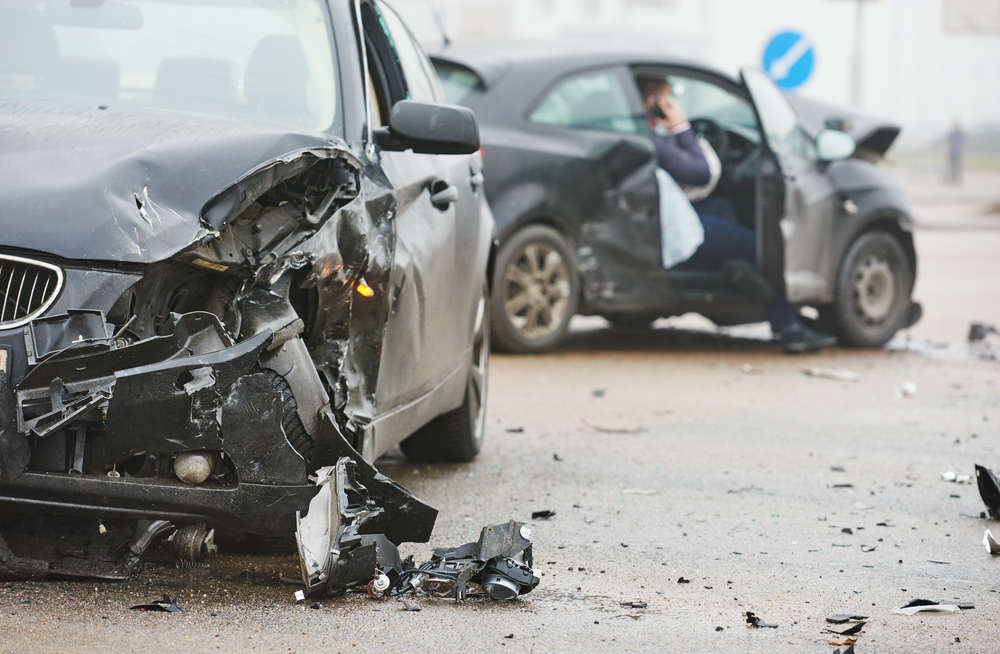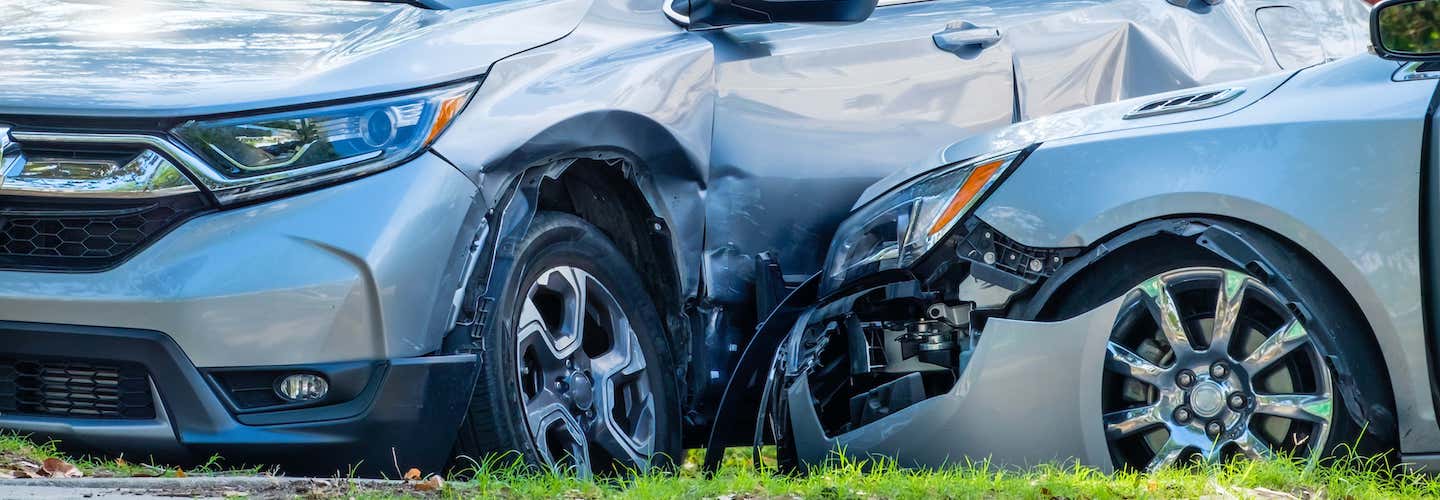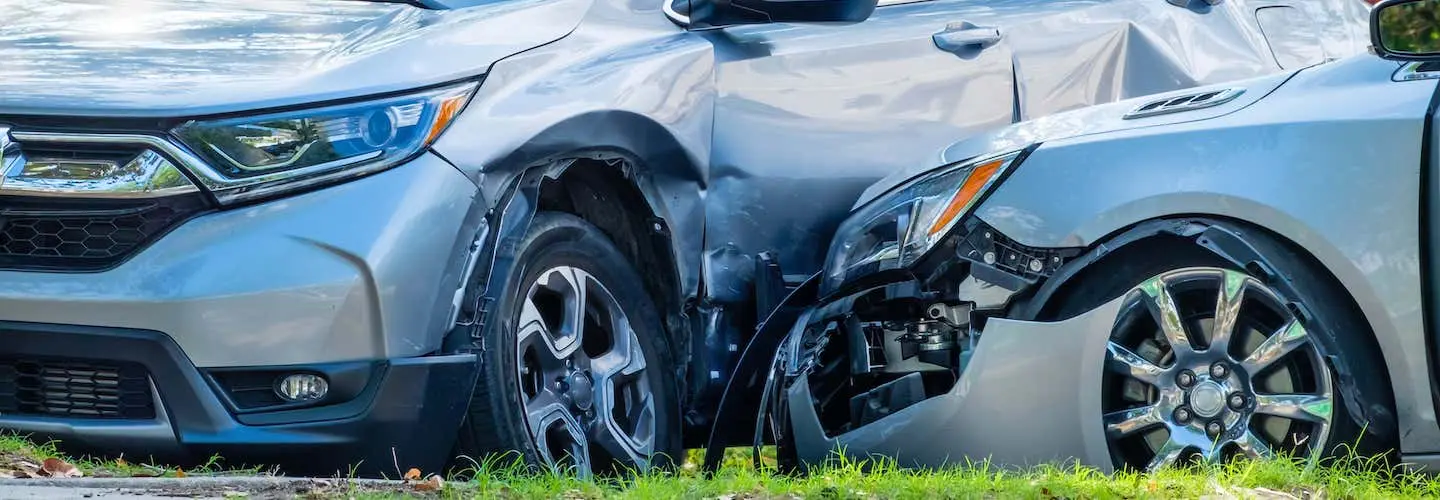Safety experts continue to tout the back seat as the safest place in the vehicle. However, a new study indicates this is no longer true—at least in frontal collisions.
The Insurance Institute for Highway Safety explains that while automakers have spent decades improving safety features for front-seat occupants, the back seat has received less attention.
Safety feature locations
Every occupant in the vehicle must have a seat belt, but not all seat belts are the same. The study reviewed 117 front-end accidents involving rear-passenger fatalities. It revealed that many restraints in the back do not include critical safety components that front seat belts have: pre-tensioners and force limiters. Without these, a passenger is more likely to suffer severe or fatal chest injuries.
Rear occupants also lack protection from frontal airbags. These deploy from the steering wheel and the dash, but most vehicles do not have them mounted in the rear. The force of a frontal crash throws all vehicle occupants forward. The rear of the seat ahead may not deliver the same blunt-force trauma as a steering wheel, but traumatic brain injuries do not always involve a blow to the head. The relatively unchecked forward motion can send the brain crashing into the inside of the skull, causing a traumatic brain injury.
Federal requirements
Lawmakers have also lagged behind in the back-seat safety arena. Laws focus on what features automakers must include in the front seat but do not require these same features for passengers in the back. While child safety seats do improve crash outcomes for younger occupants, older children and adults face a higher risk.
Industry outlook
Although the IIHS noted the need for improvements, the organization has not made recommendations. Researchers believe that auto manufacturers will pick up the torch and begin to put a premium on back seat safety feature designs.
In the past, the auto industry has taken heed when the IIHS produces its reports. Until then, those purchasing vehicles may want to make their selection from the limited number of models that include frontal airbags and fully functioning seat belts for rear passengers.













